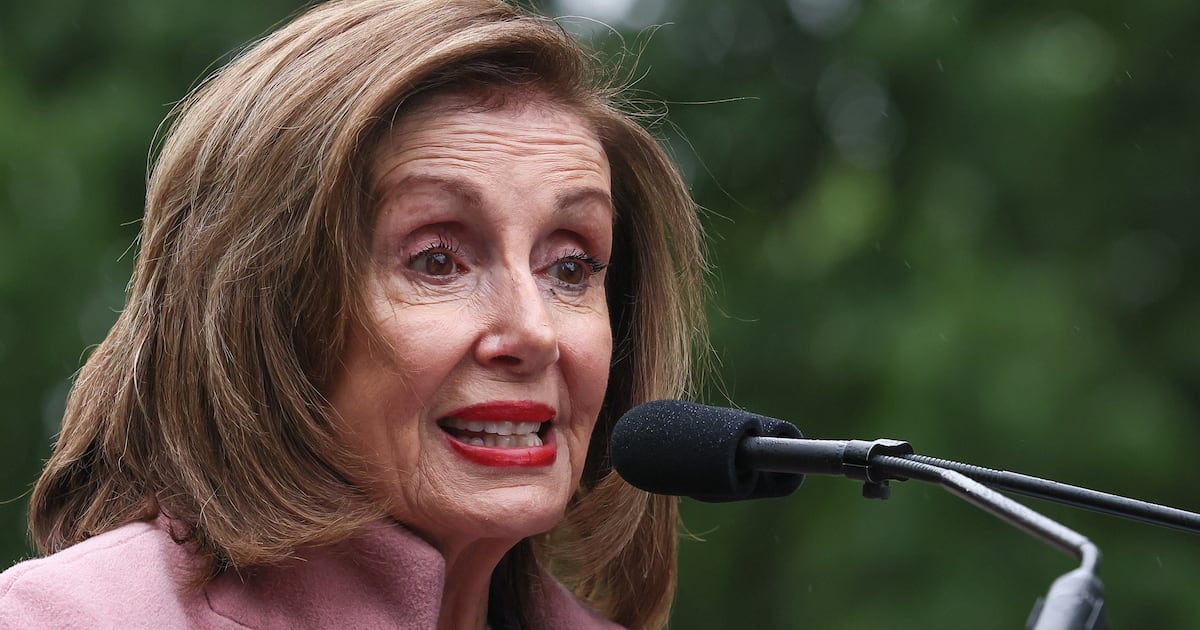
In a recent article for Foreign Policy, Council on Foreign Relations fellow Micah Zenko outlines how domestic drones are actually used for surveillance:
Currently, the Federal Aviation Administration (FAA) has provided approximately 300 certificates of authorization drones to fly over the United States, although some in the aerospace industry believe there could be as many as 30,000 in the skies by 2020.
U.S. Customs and Border Patrol currently employs nine drones, which surveyed the Mexican border in 2005 and the Canadian border in 2009. Their actual yield is small compared with the great fear that domestic drone surveillance inspires:
As a result, CBP drones have had limited success in the field so far. In 2011, CBP drones helped to locate 7,600 pounds of marijuana, valued at a paltry $19 million. Drones also reportedly laid the groundwork for the apprehension of 4,865 undocumented immigrants between 2006 and 2011—an underwhelming statistic considering that a total of 327,577 people were captured in 2011 alone.
Manned aircraft remain more effective for surveillance in the U.S.:
Of greater concern are mobile Blackhawks, which are vastly more capable than their Predator cousins. According to a CBP official's recent congressional testimony, "The new and converted Black Hawks offer greater speed and endurance, greater lift capacity, more sophisticated onboard data processing... the ideal platform for confronting border violence and supporting operations in hostile environments." Now that's scary!
The recent uproar about the false PJMedia story on drone surveillance of Nebraska livestock is a reminder that it is easy to exaggerate how drones get used. Accurate reporting is needed because drones can help bolster American security:
If properly planned for and funded, drones can play a critical, niche role in monitoring U.S. borders. But if there is anything to be learned from America's use of drones abroad, it is that mission creep follows. Once security forces have access to the near real-time video and radar surveillance that drones can provide, they become addicted—and subsequently develop new missions for how drones can be used. This is the reason that, in order to assure the protection of privacy and civil liberties, there must be rigorous, sustained, and effective oversight by Congress and the courts of all drones in the United States.






